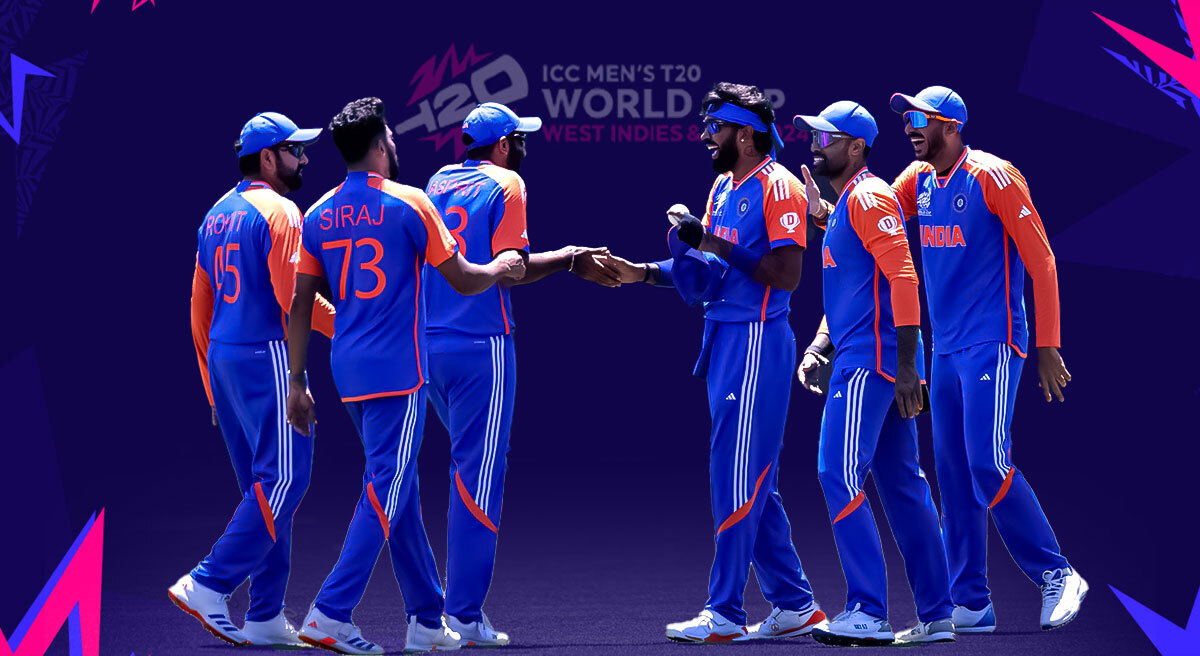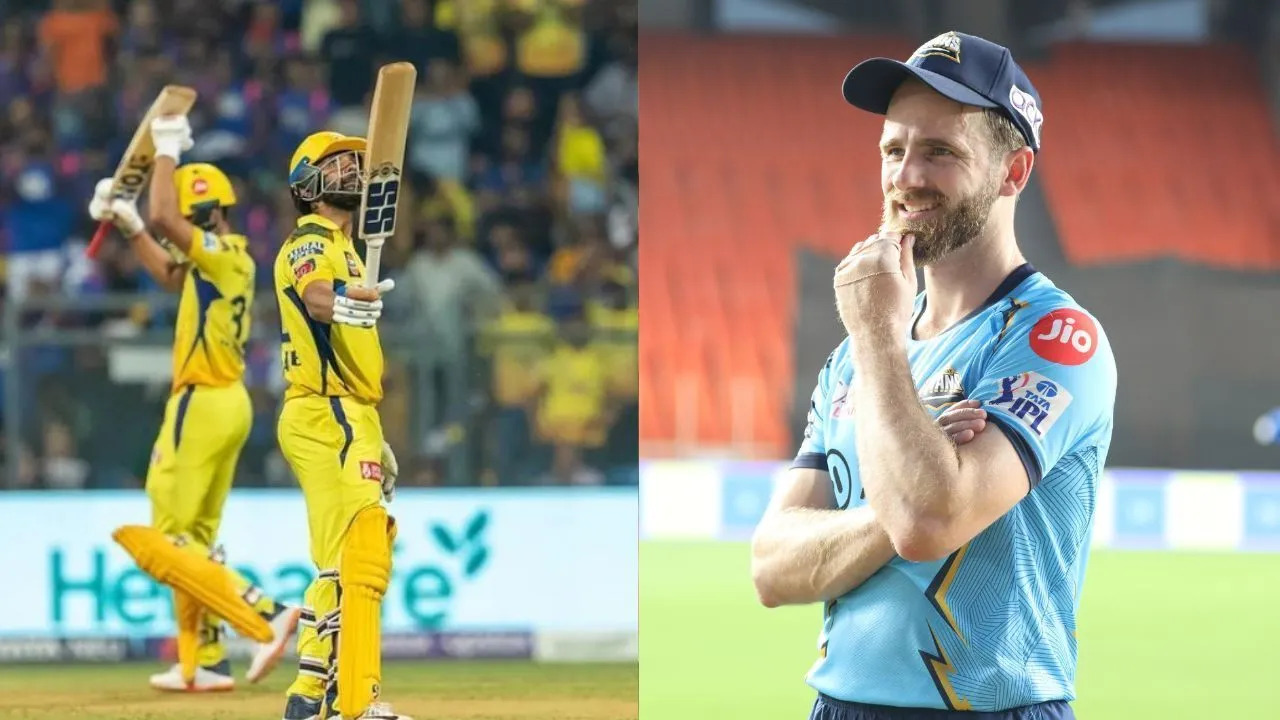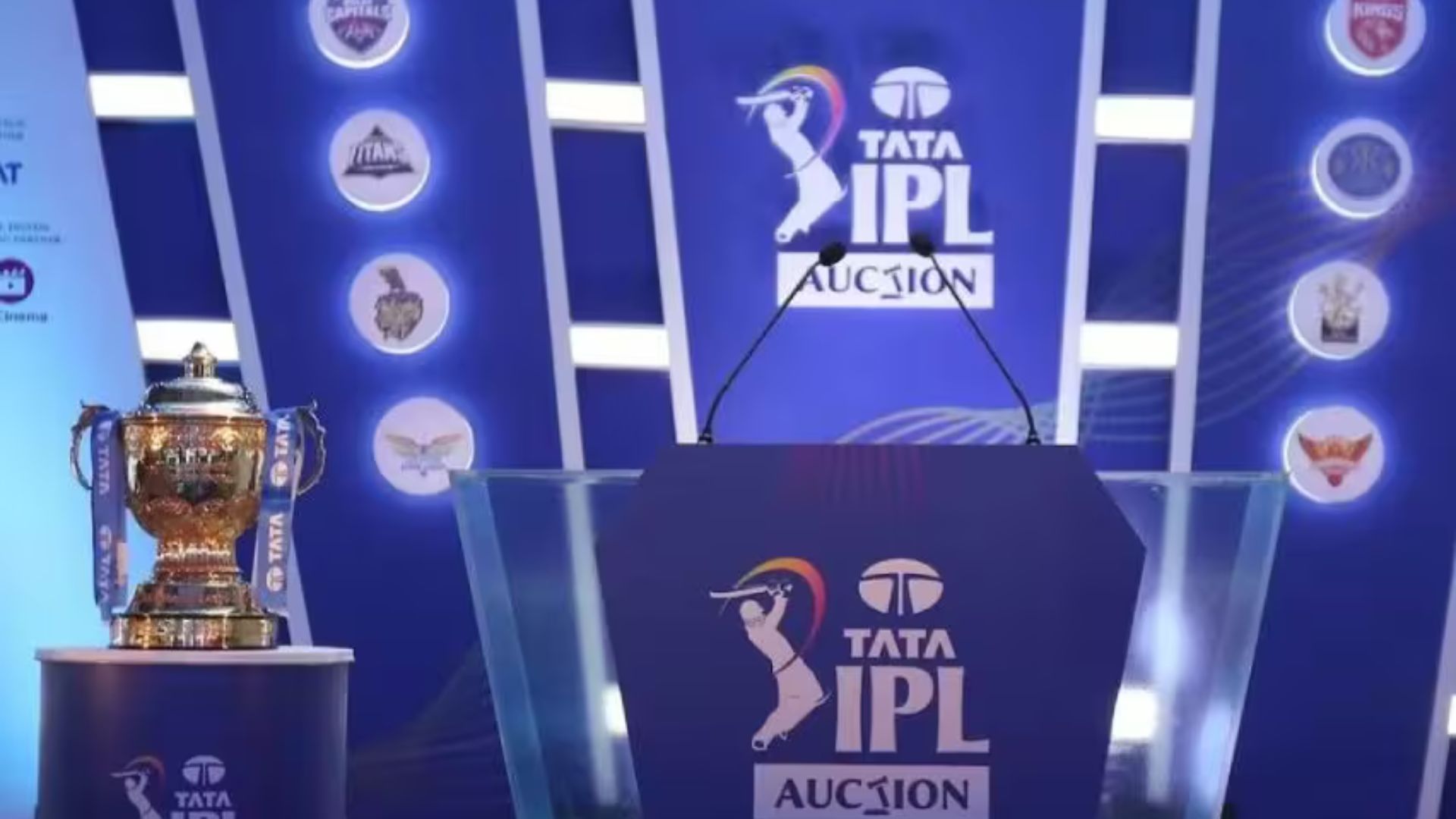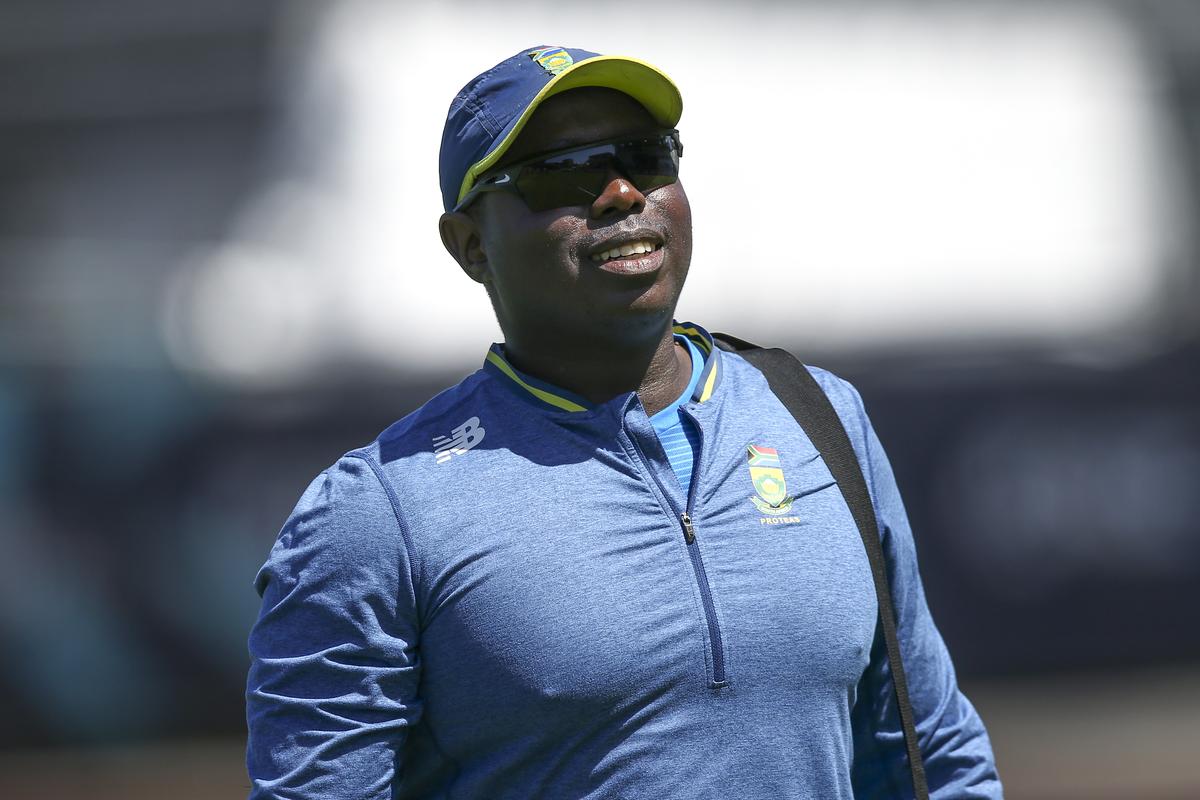A World Cup final is a historic event. Nothing about its enormity or context applies to it. It can support itself. The athletes start playing for the stage that they will be performing at. But within the boiling pot of redemption that was this final, there were a myriad of subplots developing, each as significant as a World Cup final on its own, which increased the significance of the occasion.
It might have been another instance of what might have been for India. With 30 out of 30 needed, South Africa was losing the match. After thirty balls, it was a story of what might have been. however not for India.
The shortest format in the game has the drawback of being the most inconsistent. Despite the constant suffering and anguish they suffered at different ICC events from different opponents, India managed to persevere this time and managed to pull off a last-minute surprise when it mattered most, throwing the Proteas off balance and potentially ending a more agonising drought than any of their cricketing counterparts could ever recall.
Failed by seven and required a 30-run aball? Simple: call South Africa the dehumanising, vile, morale-destroying C-word. They did not, however, “choke.” They were strangled. hauled off. from impacting. from sprinting. through scoring. from triumphing.
The 30 off 30 turned into a 16 off 6 and ended up being seven short. And that, by a remarkable demonstration of fortitude, conviction, tenacity, and the capacity to remain composed under pressure. It was the stuff of champions, to put it plainly.
India needed to make a statement. The group needed to settle scores. The athletes needed to make amends. That’s precisely what they did.
The two most valuable assets of India are Rohit Sharma and Virat Kohli, the unparalleled white-ball giants and their gloomy trysts with cutlery. The two experienced individual achievement that the average person can only imagine, but in team sports, winning championships is a brutal gauge of success. It makes success more tangible. The player gets bigger the higher the number.
The team finished second in the home ODI World Cup in 2023; they were runners-up in the T20 World Cup in 2014, semi-finalists in 2016 and 2022, a finalist for the Champions Trophy in 2017, and losers in the World Test Championship finals in 2021 and 2023.
The unending runners-up/semifinalists. The story needed to be rewritten.
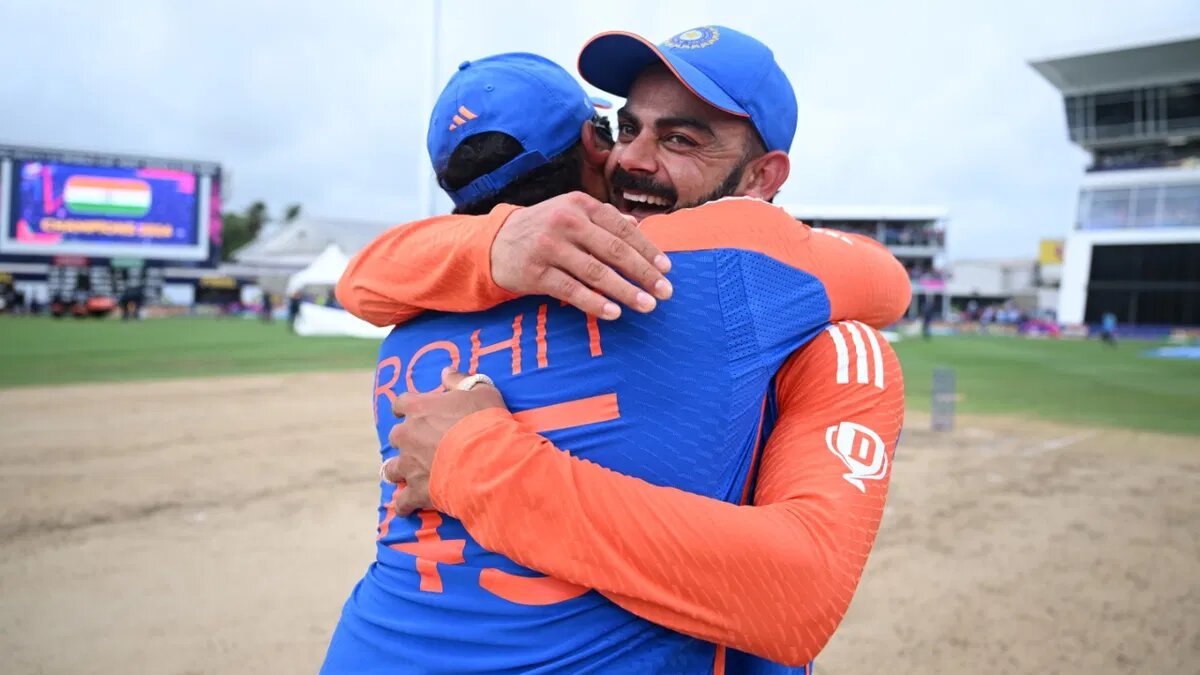 Rohit was very persistent in expressing his desperate desire to bring the cup home. The hardest pill he and the country had to chew was undoubtedly the near-miss of 2023. For far too long, the trophy had kept everyone waiting. On the day the two would choose to hang their boots in the format regardless of the outcome, though, it arrived very cinematically. A rapidly closing door was dove into by Rohit and Kohli. Just in time, they arrived.
Rohit was very persistent in expressing his desperate desire to bring the cup home. The hardest pill he and the country had to chew was undoubtedly the near-miss of 2023. For far too long, the trophy had kept everyone waiting. On the day the two would choose to hang their boots in the format regardless of the outcome, though, it arrived very cinematically. A rapidly closing door was dove into by Rohit and Kohli. Just in time, they arrived.
Their magnificence had been tainted by their absence of a title after all these years. The pair eventually made amends after an eons-long wait. It has removed the asterisk. Justice was done.
Kohli has deviated from his typical personality and reversed the low-risk, high-safety batting approach by adopting India’s gung-ho batting mentality. When he went from being a rock-solid accumulator to a pace-setting aggressor, he kept the cost of his wicket to an absolute minimum and threw prudence to the wind. However, luck was not on his side.

All he could recall from New York was a streak of poor scores; pitches there rendered hitters as meaningless as pitches anywhere else in the world render bowlers. His time on the truer tracks of the Caribbean did not leave much to write home about either. But he had to perform in the end. And he carried it out.
His 38th and final half-century in T20I was also the slowest. After the fourth over, he did not hit a boundary or a six until the eighteenth over. It took him an enticing 48 balls to reach fifty, and he then pedalled 26 off the following 11 balls to make his final total of 76 off 59 in a performance that would earn him Player of the Final. Yes, he did save the best for last.
On the way there, Kohli showed off his ability to read circumstances for the nth time when, following the rapid dismissals of Rohit and Rishabh Pant, he dropped anchor. However, if India had not emerged victorious, the majority of the responsibility would have been placed on this man and this knock.
The fact that Kohli scored more runs in one inning than he had in the previous seven combined was a poetic justice. This was one of his final opportunities to add the elusive cutlery to his cabinet, on a day he knew would be his last in the format. A term frequently used in cricket discourse, “big-match player,” has no universally accepted definition. However, one need only look no farther than Kohli to see that embodied.
During his playing career, Rahul Dravid led numerous comebacks for India, frequently stepping into the most turbulent situations and winning games from the most unlikely of places. Fate remained the same, but the role did. His time as a coach paralleled his career in cricket.
Once again, Dravid entered the system during a turbulent time when the Indian team was incoherent following the departures of Kohli and Shastri. There were gaps and obvious groupism. It required some mending, and Dravid turned out to be the magic bullet. Even if there were many inconsistencies, the players recognised that a recognised legend had been assigned to lead the way. Dravid’s experience was highlighted, and India was skillfully realigned. That did not, however, result in any real success, as the cutlery continued to avoid Dravid just as it had done during his heyday.
In 2024, Dravid’s journey led him to a location that had previously proven to be the largest obstacle. For him, the Caribbean marked the start of the end. There’s no need for him or the Indians to remember 2007.
 Even when social media was still in its infancy, the menacing picture of a defeated and exhausted Dravid at the Queens Park Oval balcony, with half of his face covered in the gloomy wake of a humiliating group-stage bust, circulated widely. Indian diaspora members felt defrauded. The players were subjected to abhorrent taunts, vandalism to their homes, defacement of posters, and burning of effigies.
Even when social media was still in its infancy, the menacing picture of a defeated and exhausted Dravid at the Queens Park Oval balcony, with half of his face covered in the gloomy wake of a humiliating group-stage bust, circulated widely. Indian diaspora members felt defrauded. The players were subjected to abhorrent taunts, vandalism to their homes, defacement of posters, and burning of effigies.
However, 17 years later, Dravid partially atoned for his sins in a place he did not think was worthy of memory, even if he did not consider it a redemption.
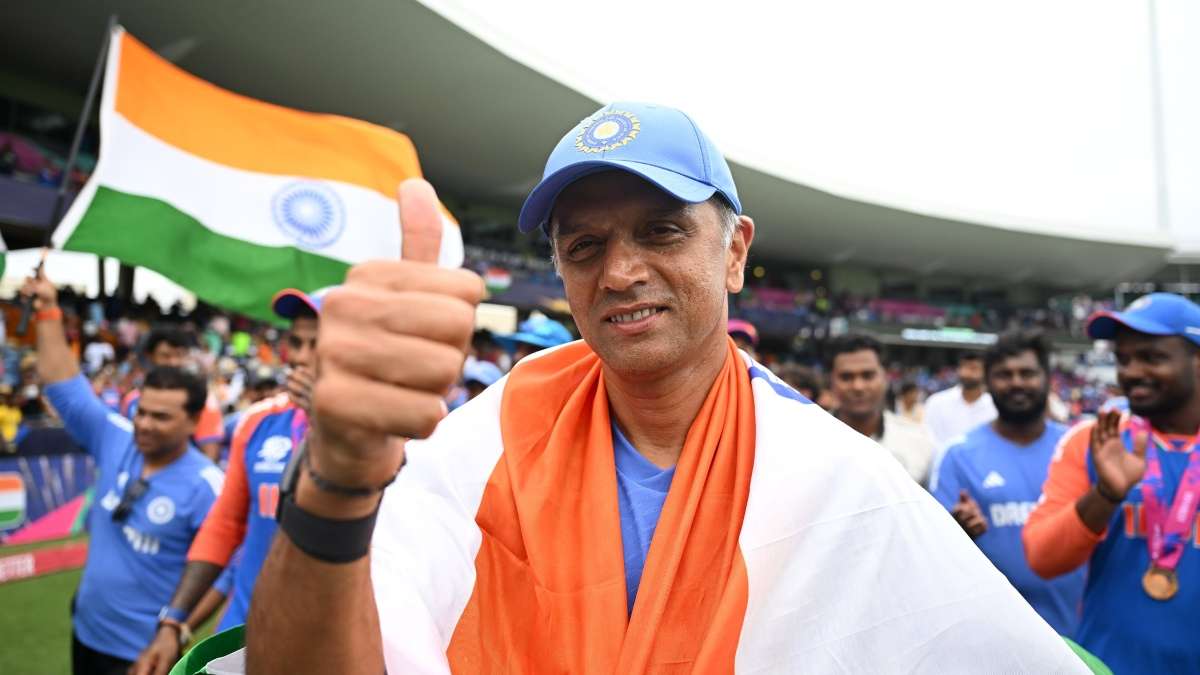
Dravid had one final opportunity to change his destiny, just like Rohit and Kohli did. Had someone of his calibre died without ever touching that gleaming metal object in his hands, it would have been unfortunate.
He celebrated by shaking the trophy with uncontrolled energy and gritted teeth, shedding his usual reserved demeanour and possibly evoking more emotion and animation than he had in all 16 years of his playing career combined. This demonstrated the significance the shiny bit of metal held for him.
While Axar Patel didn’t particularly want to be saved, he did feel obligated to reward the selectors for their belief in him. Because of his honed hitting ability, he was chosen even though Ravindra Jadeja was there.
Both are extremely precise left-arm spinners who contribute value with the bat, and they have a lot in common. However, their ability to be flexible makes a difference. Unlike Jadeja, though, Axar can generate and counter matchups with ease because of his stronger batsmanship. India, incidentally, depended on that attribute of his on two of the most important days of the competition.
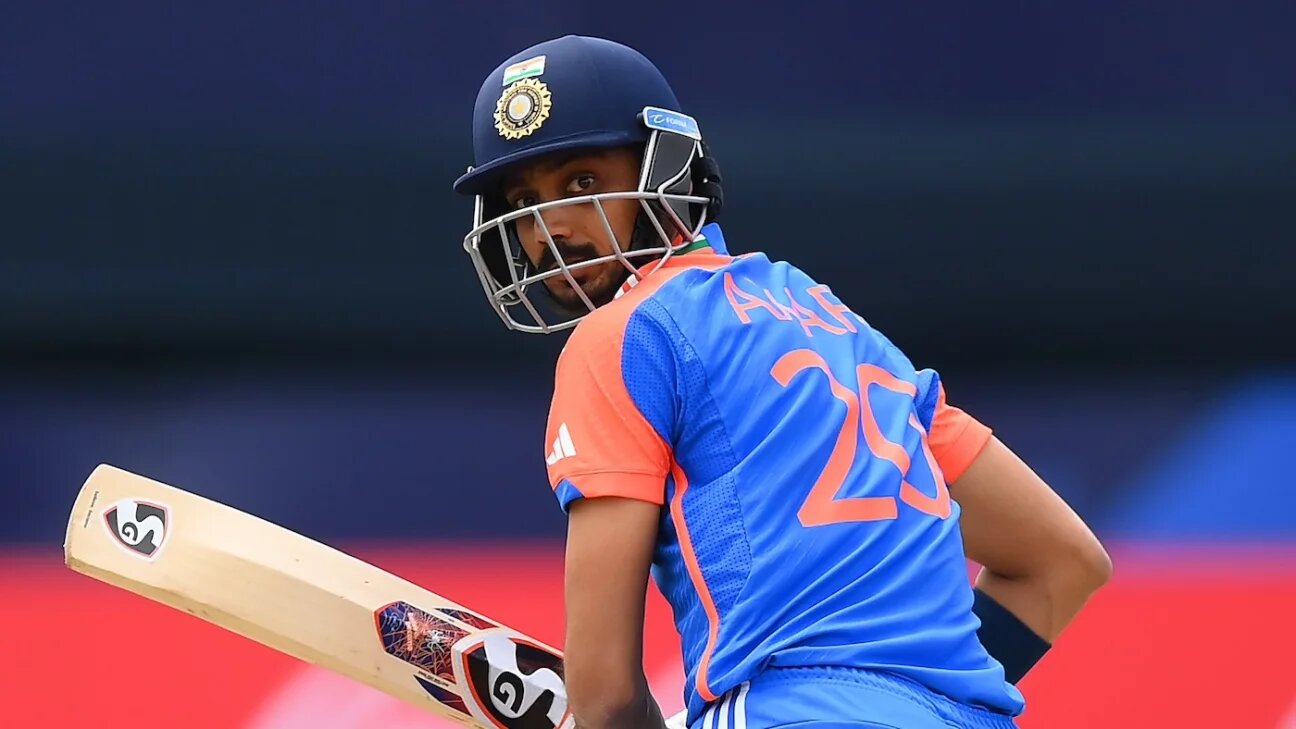
Axar may not have scored much—20 off 18 against Pakistan after moving up to No. 4—but it was a noteworthy contribution in a low-scoring match. When it came to the ball, Jasprit Bumrah and Hardik Pandya were properly praised, but Axar’s two economical overs—one against left-hander Imad Wasim, which was a bad match—were a clear differentiator. In the semi-final match against England, he was named Player of the Match.
In the summit encounter, Axar was the main provider in the 72-run partnership with Kohli against South Africa. After several early wickets, the southpaw was promoted ahead of Shivam Dube and went on to dominate even though he entered the game at a time when the odds were stacked against the opposition. Keshav Maharaj, Aiden Markram, and Tabraiz Shamsi were all slog-swept over midwicket by Axar as they launched an onslaught. For his fourth six, he hit Kagiso Rabada over long on. Axar’s potentially match-losing over against Heinrich Klaasen saw his 31-ball 47 in danger due to an infraction committed by him. Eventually, however, fortune favoured the courageous.
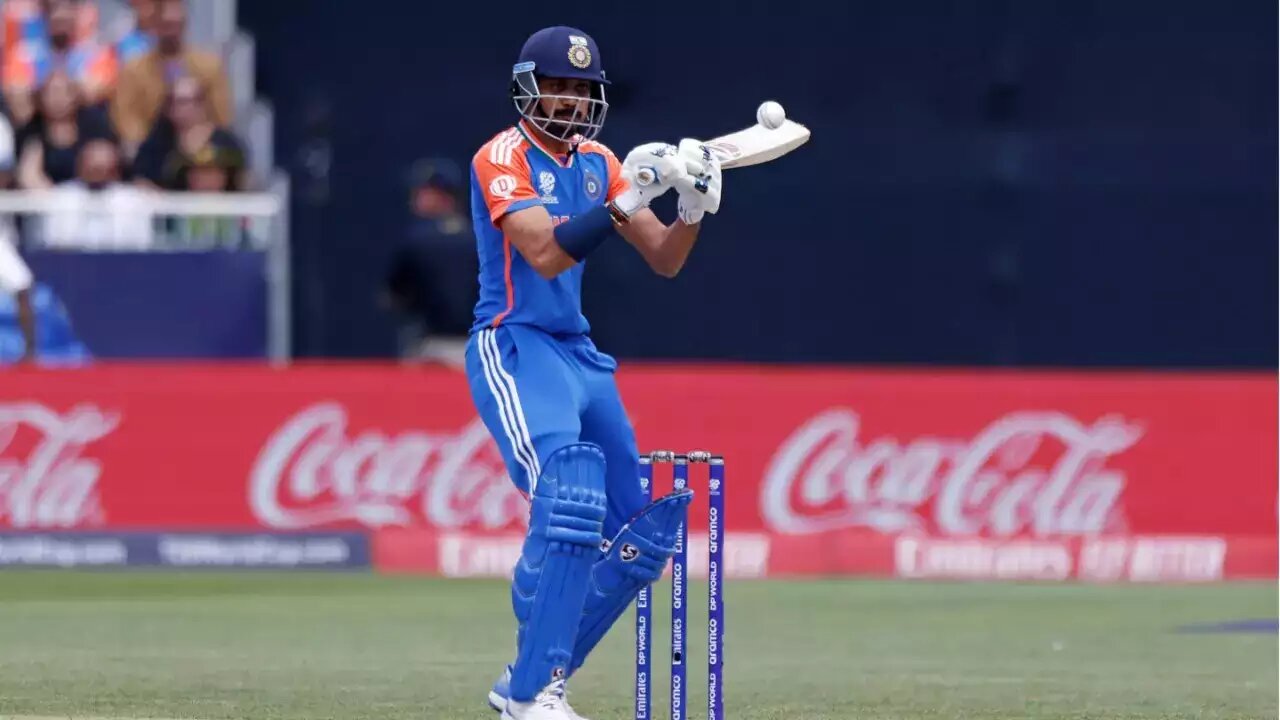
Originally regarded as Jadeja’s backup, Axar has improved to the point where his skill set now matches—and frequently surpasses—that of his more experienced assistant. Furthermore, he gave a performance in the championship game that players remember for years to come.
Shivam Dube eats spinners whole. His reputation as the primary disruptor of spin for the Chennai Super Kings has earned him the preference of the selectors, who were willing to bench Yashasvi Jaiswal and Sanju Samson in favour of him in the starting lineup even though it meant relegating Shubman Gill and Rinku Singh to the role of mere reserves.
But the risky, unduly seam-friendly New York pitches with variable bounce and lateral movement on offer also upset the spin disruptor. The bounce on most wickets remained wayward, even if the conditions slightly improved once the caravan travelled to the West Indies. The tormentor in Dube was mainly kept silent due to this combined with the slowness that is typical of the Caribbean surfaces.
He looked deceptively fluid in his 28 off 22 against Australia with a single six and two fours, but his first notable performance came against Bangladesh when he hit three sixes in his 34 balls in 24 balls.
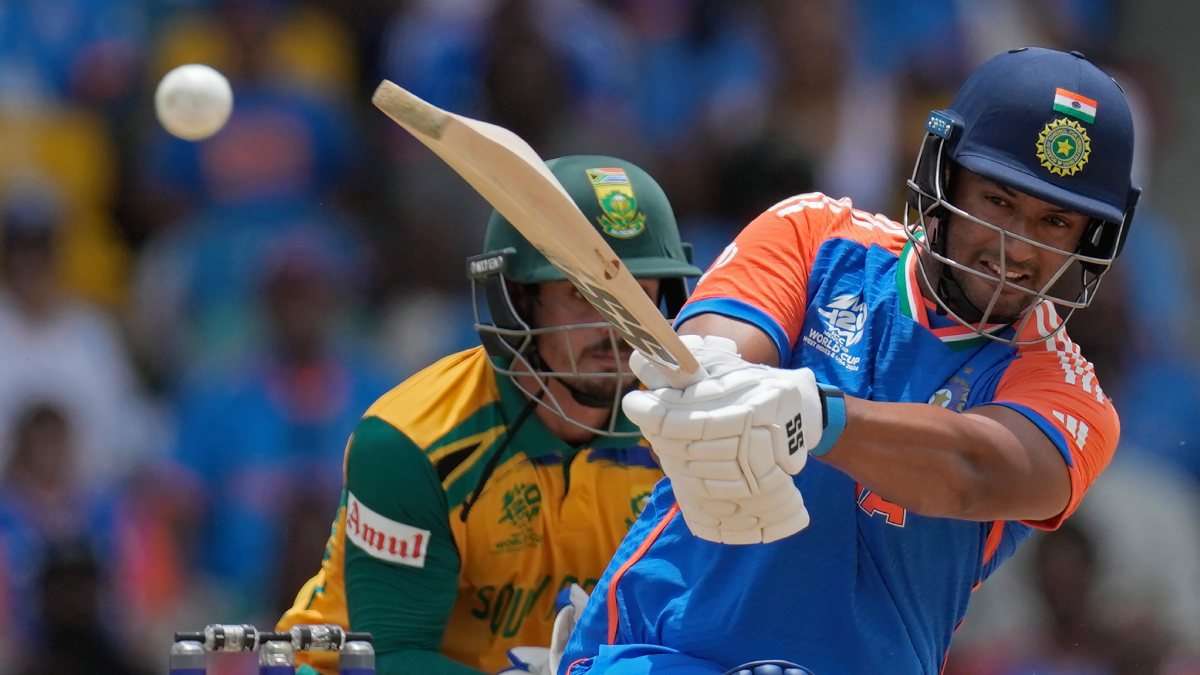
But on the day of judgement, Dube proved himself again with a 16-ball 27 that was adorned with three fours and a six. Although it didn’t seem like the kind of innings that would make all the difference, it nonetheless determined whether India finished ahead of schedule or behind.
Dube’s was the kind of unsung heroism that occurs when undervalued players do well but are overlooked. Years later, only a handful of people would recall it, and even they might want a refresher because there weren’t enough aspects for the audience as a whole to remember it.
That is not to say that it was not a contribution that was instrumental in keeping June 29 off the horrifying list that now includes November 19.
Pakistan versus India. ICC function. The Last. The most ideal cricket match.
The ICC tournament schedules are set up so that there will be at least one encounter between India and Pakistan. It is not within the scheduler’s power to force them to face off in the knockout stages. Organic possibilities are always possible, but they don’t happen very often. It did, however, occur in the Champions Trophy of 2017.
Fakhar Zaman faced off against Bumrah. Fakhar was unable to resist the urge to swipe at a ball that was angled across him and had a quick length. All he could do, though, was manage a mere nick just before MS Dhoni stole a legitimate opportunity from behind the stumps. India had already sent one of their opponent’s prospective game-winning batsmen back to the pavilion in just the fourth over. It makes sense that there was some celebration afterward, even though it was brief.
Bumrah had gone too far. Fakhar received a reprieve. The bliss gave way to pain. Recalled, he destroyed India on his way to one of the most significant setbacks in the history of the rivalry between India and Pakistan.
Years have passed since that unfortunate incident, and Bumrah is now regarded as cricketing royalty. The Bowling God.

Please hit me with your bat. Negative. Please just get through me.
All things magical about Bumrah. Incompatible with gaming. Unbreakable. Incontrollable. Total control over behaviour. Amazing mastery. Set to deliver magic balls, this bowling machine is slim and mean. Because of his qualities, he is a bowler who can bowl in any condition, format, or phase.
He is equipped with an arsenal that includes everything from mind-bending cutters to nose-sniffing short balls, head-cracking bouncers, and toe-crushing yorkers. The other will grasp you if the first one does not. Since no opponent has any chance of winning those four overs and every opponent has every probability of losing them, the situation has truly gotten to the absurd point where a T20 match should really be called a T16 if Bumrah is there. It accentuates the mystique of Bumrah that he has accomplished this in the shortest format—which is especially the most difficult to master due to its many whims.
Not less than an IIT aerospace engineering professor, the physics and biomechanics of his unconventional high-arm action are widely documented. That is totally logical. It takes both art and science to bowl like Bumrah, who is a marvel. He should be included in laboratory studies and research for all the right reasons.
Compared to a regular pacer, he has far less time to move because his release point is located much more ahead of the crease. With his fast deliveries, he imparts a lot of backspin, causing them to dip and disrupt the timing and strategies of batters. If they have any complaints about Bumrah, that is. With slower deliveries, he adds a lot of overspin, which makes them lift awkwardly and messes with the timing and strategies of the hitters. And that’s if they have anything at all against Bumrah.
Nothing here comes close to his brilliance. The identical brilliance that was evident each and every time he touched the ball at the World Cup. Of course, it was no different against South Africa. In his final two overs, the sixteenth and eighteenth of the chase, he gave up just four and two.
The match-changing 24-run 15th over, in which Klaasen completely wrecked Axar, was followed immediately by the 16th. After an inswinger that slid between his bat and pad and struck the top of Marco Jansen’s leg stump on the eighteenth, the batsman was completely bewildered and started to return to the hut. South Africa’s doomsday boom was dubbed Bumrah.
With maybe the ball of the competition, he had earlier sent Reeza Hendricks clattering off his stumps. Seemed aimed for middle and leg, it was tilted into the batter. It squared up Hendricks instead, swinging incredibly late to avoid upsetting the off stump.
View this post on Instagram
For a team that included Bumrah to go so long without a trophy to show for was blatantly unjust. Bumrah made amends as India’s greatest match-winner on the grandest platform, going from the worst of mistakes in 2017 to the best of pickups in 2024.
A lot of column inches and airtime have been devoted to Hardik Pandya’s IPL 2024 collapse. After taking over as captain after Rohit Sharma was traded from Gujarat Titans, he became the source of much angst among Mumbai Indians supporters. As a result of the trade upsetting fans of both teams, the crowd began to jeer him vehemently and unceasingly in a number of different locations. It was a rare sight to see an Indian player heckled in India. Pandya did nothing illegal. But good luck persuading the sentimental fans in a nation obsessed with cricket. Hardik’s performances reflected his team’s wooden-spoon finish, and his sufferings worsened when the Mumbai Indians collapsed.
Because to this unfriendly environment, he arrived in the US for the T20 World Cup. Pandya, however, worked hard, kept a disarming smile on his face, and spoke quietly and dignifiedly the entire time.
He became one of the main contributors to the team’s unbeaten run to the championship after the Mumbai Indians’ blues were replaced with India blues. Wickets fell, runs streamed, and the change worked wonderfully. Bumrah and Arshdeep Singh stormed in during the final because of Pandya’s dismissal of Klaasen, who nicked a wide, slower delivery to Rishabh Pant when South Africa needed 26 off 24. With every ball that went by, the tiny crack grew larger, and the two bowlers left India with 16 balls to defend.
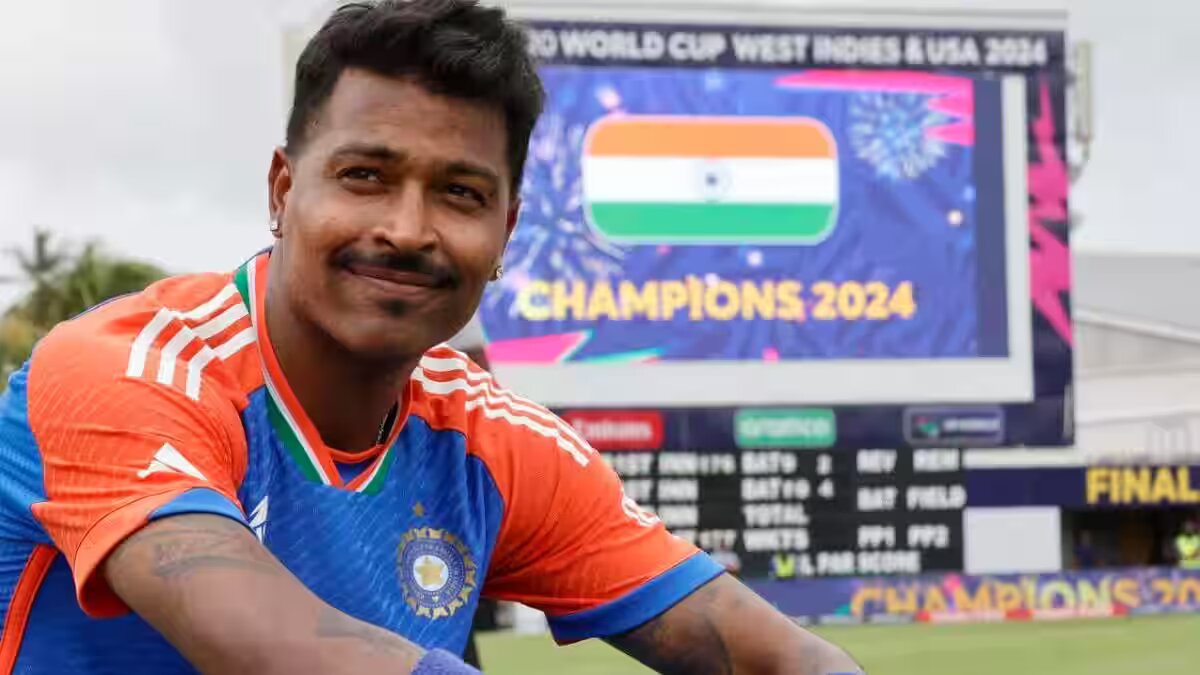 Pandya was assigned to bowl the final over, as fate would have it. That two of his MI teammates, Bumrah (two economical overs and Jansen’s wicket off a peach) and Suryakumar (a boundary catch unlike any other; more on that later), were at the forefront with match-defining moments in the final four overs was also a quirk of fate.
Pandya was assigned to bowl the final over, as fate would have it. That two of his MI teammates, Bumrah (two economical overs and Jansen’s wicket off a peach) and Suryakumar (a boundary catch unlike any other; more on that later), were at the forefront with match-defining moments in the final four overs was also a quirk of fate.
Pandya remained just inches from shame. If Miller middled full-toss a little bit better, who knows if there was one more twist to the story. But enough of his (poor) luck. It was the greatest redemption of all time, from the depths to the summit. Everyone’s eye was fixed on the apple of discord.
Even with his unmatched style and otherworldliness when wielding a willow, Suryakumar Yadav hasn’t been able to ignite an ICC event up till now. For a guy as valuable as he is, you would think that would change. But until the tournament’s group stage, when his scores read 31, 7, and 2 in the first three games, the occasional grumblings about his inclusion in multi-team competitions did not appear wholly out of place when viewed just through the prism of returns. However, he ultimately supported the choice. Let’s start in the Super Eights with the bat. Subsequently, he may have made a boundary catch that will live on in cricket legend at the crucial moment of the match.
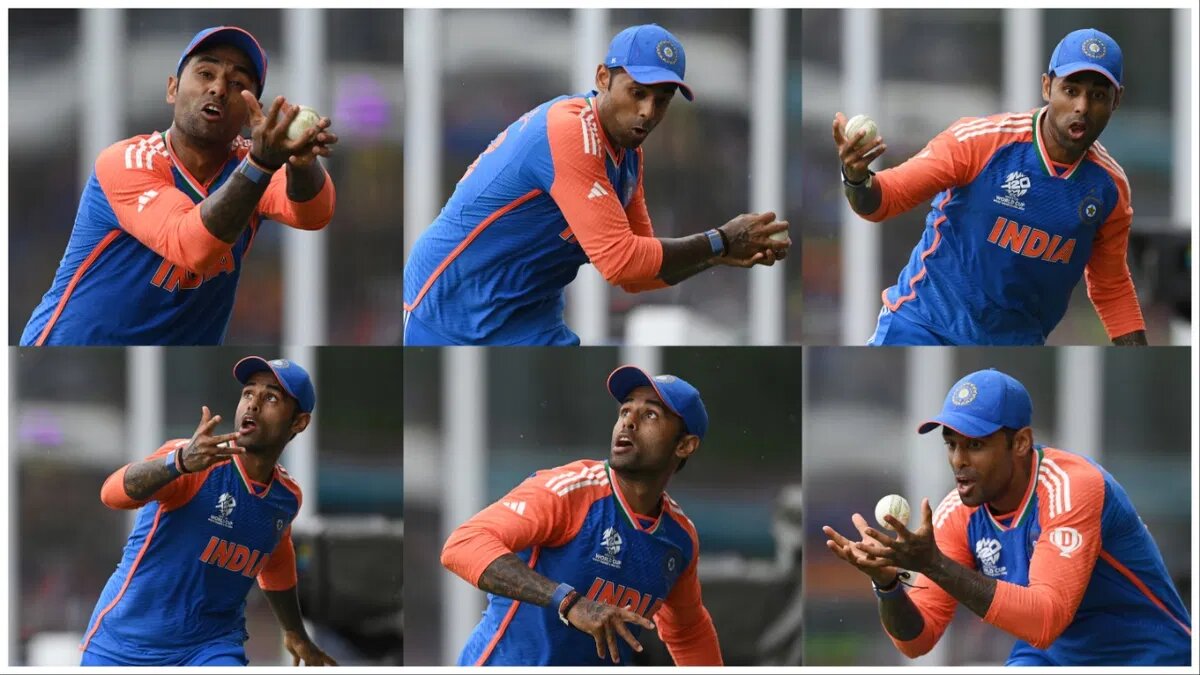 India and the Cup were separated by David Miller. He leg-ended Pandya’s low full-toss, which was the opening ball of the last over, in the direction of long off. India’s destiny dangled between the sky above and the sky below.
India and the Cup were separated by David Miller. He leg-ended Pandya’s low full-toss, which was the opening ball of the last over, in the direction of long off. India’s destiny dangled between the sky above and the sky below.
With a quick step to his right, Suryakumar stretched to the limit of his nanometer and grabbed the ball out of thin air. He understood that he would be pushed over by the sprint’s momentum and that the boundary cushion was becoming dangerously close. In other words, he threw the ball into the air, timed his jump in and out, pulled himself together, and retrieved the ball once more. In a single fluid motion, everything.
In two consecutive ICC events, Suryakumar repaid all the runs he failed to score and all the distinctive charisma he failed to replicate with a single athletic gesture. Although the effort was not very noticeable, what may have happened in the final over of a World Cup match when the opponent needed 16 runs to win and the ball was moving with six on it? That is a separate matter entirely.
Instant connections were made between Vivian Richards’ final innings and Kapil Dev’s backward-running catch that ended India’s historic victory in the 1983 ODI World Cup. Nothing is more deserving of praise than that.
After 13 years, the moment that the entire country had been anxiously awaiting had finally arrived. It was utterly delightful to watch since so much passion was on exhibit.
 Pandya broke down moments after delivering the final ball.
Pandya broke down moments after delivering the final ball.
View this post on Instagram
With weeping eyes, Rohit collapsed onto the grass, slapping it repeatedly with exuberance and unfiltered emotion. He got to his feet and thanked the forces that had arranged for his meeting with fate, pointing his fingers upward. The identical fate that narrowly prevented him from achieving fame at home just a few months prior.
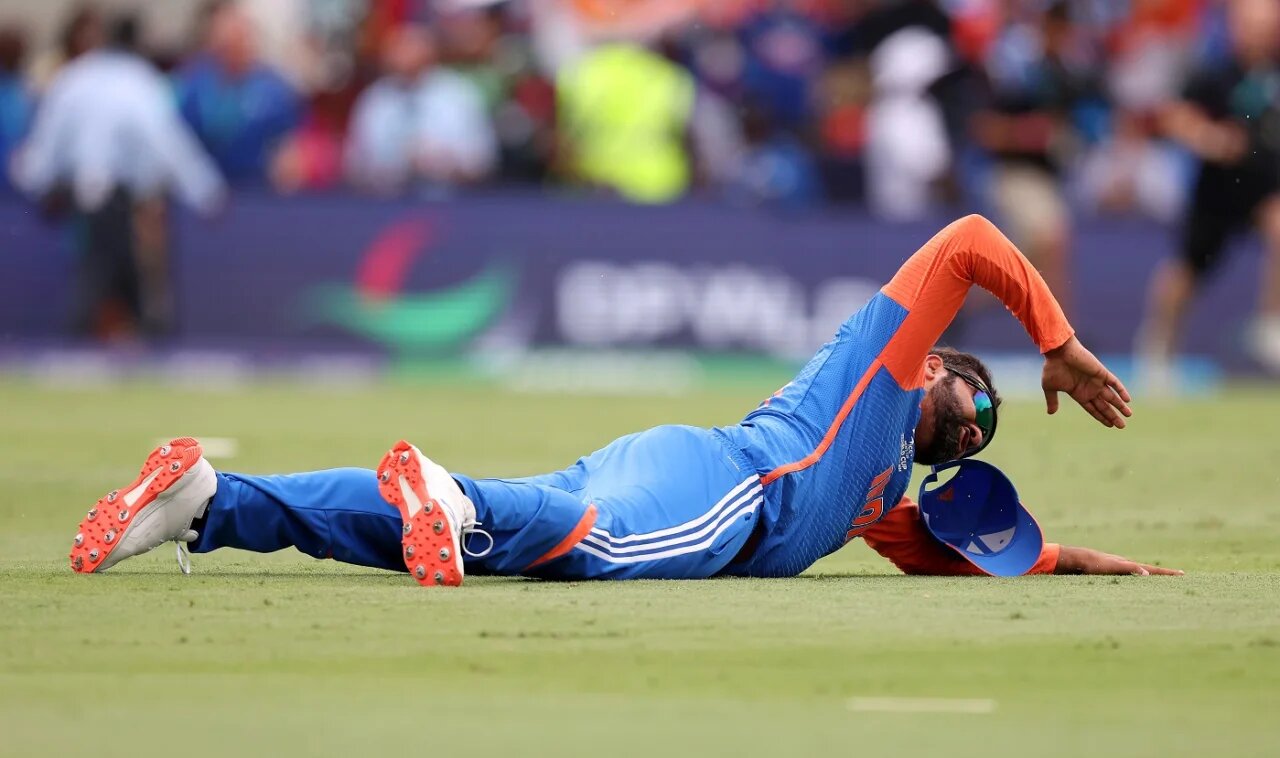
While Kohli rubbed his eyes and tried not to cry, Rohit extended his gratitude to the fans with folded palms. Siraj let out all of his tears. There were several handshakes and embraces after that. The loudspeakers played “Lehra do” while the Indian support personnel went crazy, proudly and enthusiastically waving the tricolour during a victory lap.
View this post on Instagram
During the broadcaster’s interview, an incredibly distraught Hardik stammered to put words to paper. His captain then came out and planted a kiss on his tear-streaked cheek. Despite everything that had happened between them in the previous few months, they stood together for India.

Around the dugout, the unceasing movement persisted. In one of the cutest scenes, Rohit and Kohli had a bear hug as they down the stairs to the changing room. The Kensington Oval was filled with a sense of relief. When Kohli revealed he was retiring from T20Is, the heavens opened. Jadeja and Rohit would soon follow suit. Talk about experiencing a high.
Beautiful family moments were experienced. Kohli made silly faces and imagined flying kisses during a video conversation a few minutes after being awarded the Player of the Final.
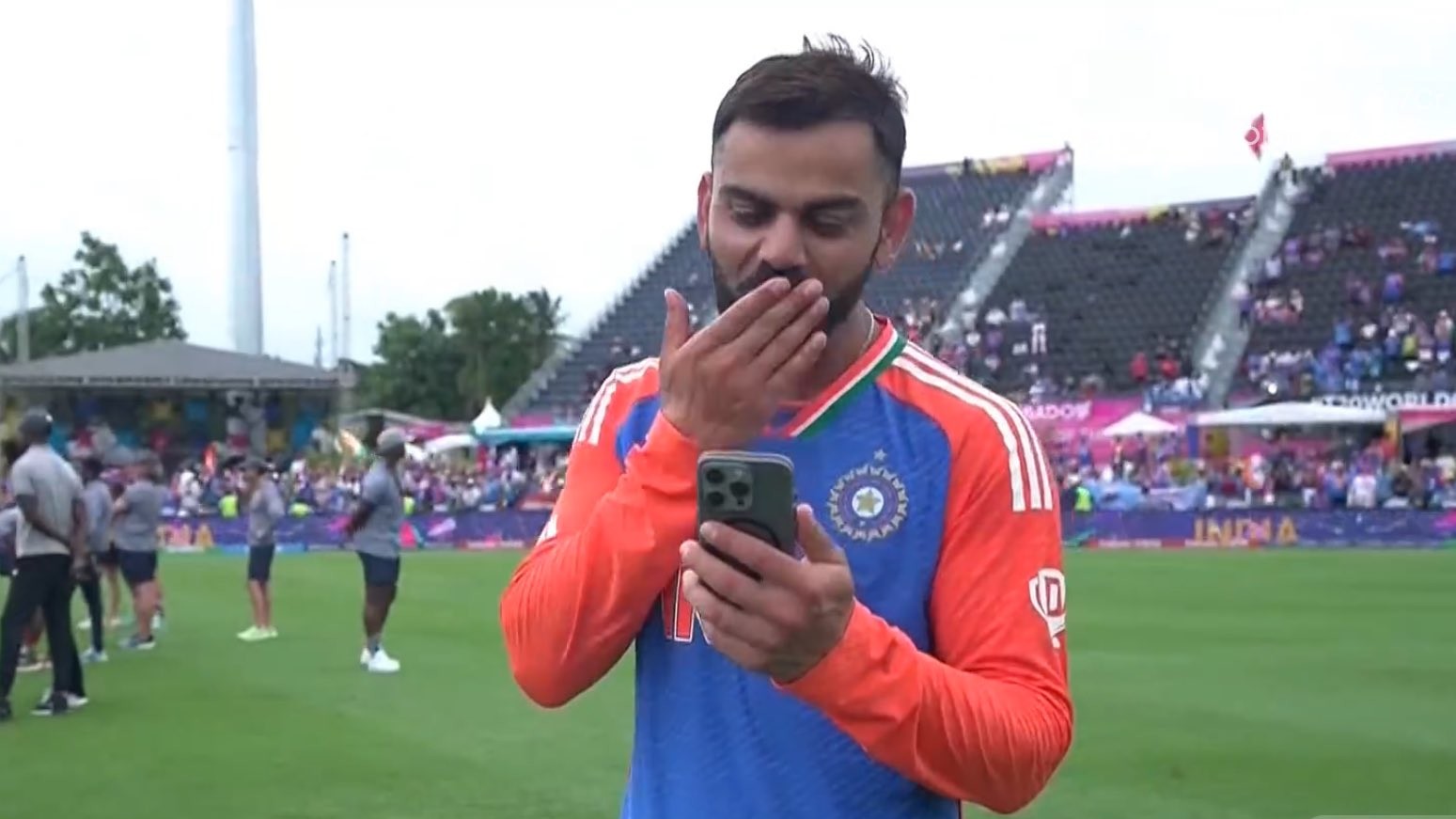 Reaching the dugout, Rohit put his daughter on his shoulders and his wife gave him a hug.
Reaching the dugout, Rohit put his daughter on his shoulders and his wife gave him a hug.
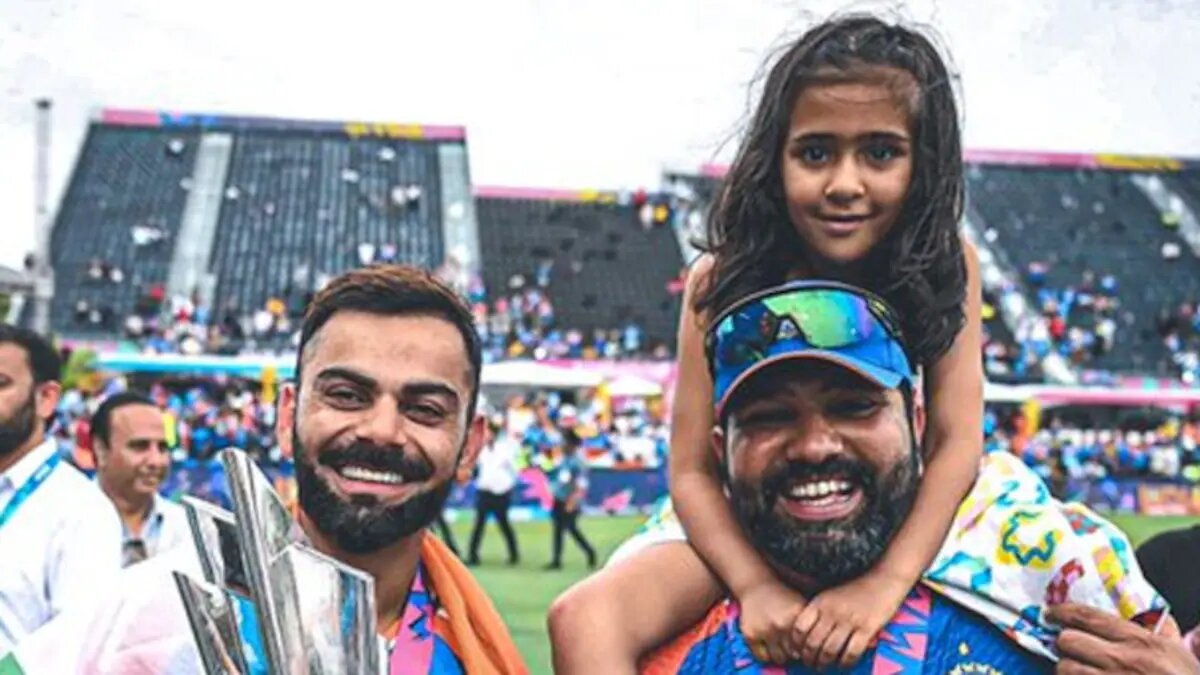
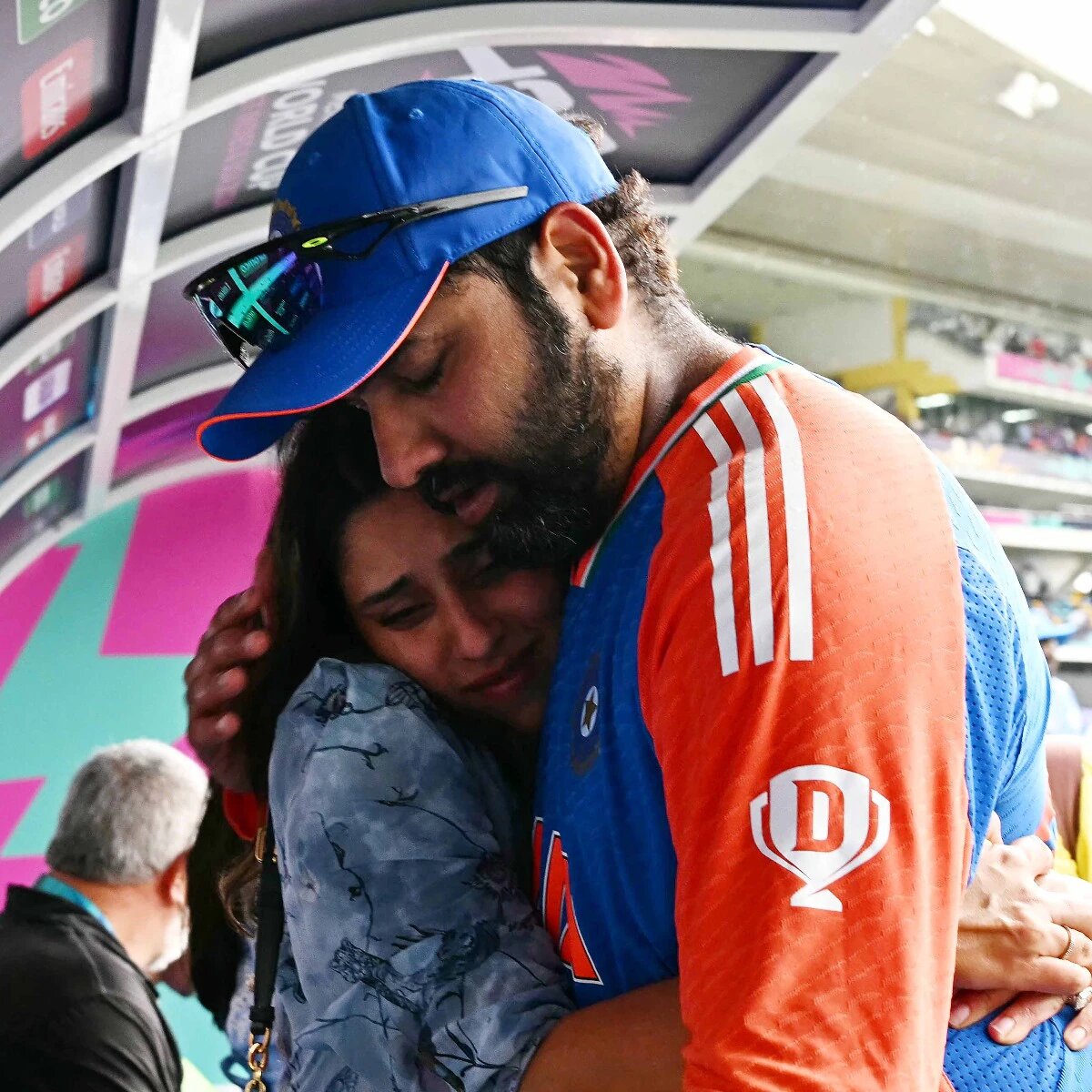
After winning the Player of the Tournament title, Bumrah enjoyed a cute moment with his son Angad and wife Sanjana.
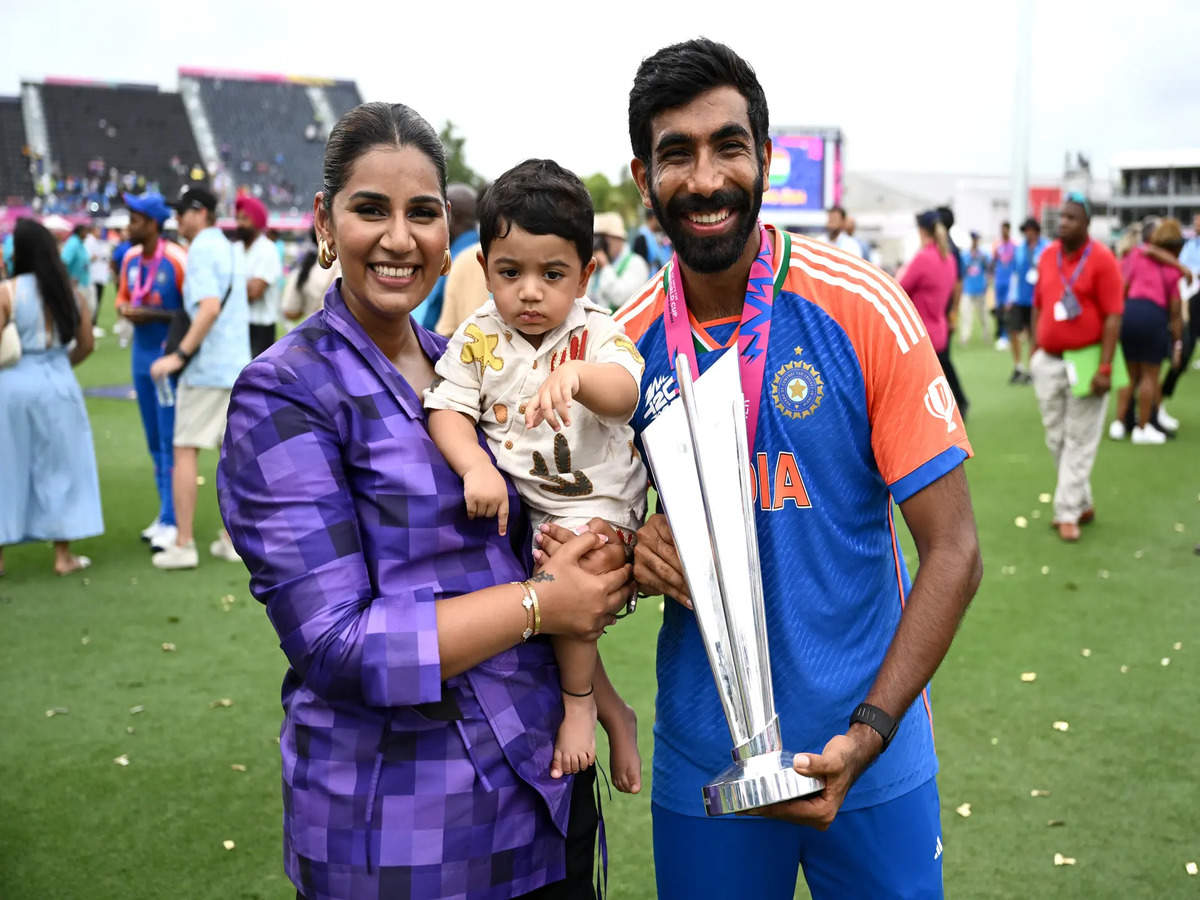
Soon after, Kohli and Arshdeep started dancing bhangra, turning the place into a wild celebration.
View this post on Instagram
Dravid and Rohit posed with Jay Shah in another location. Soon, Rohit will mark India’s victory by planting the Indian tricolour on the ground.
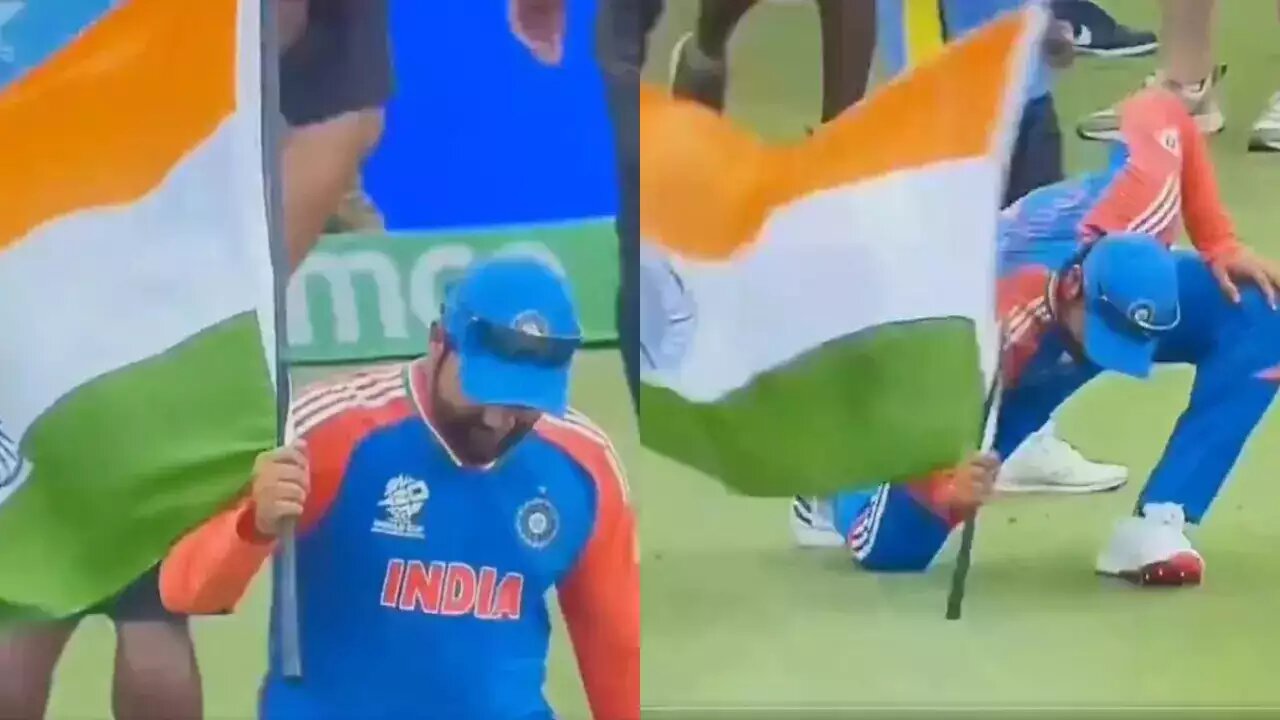
The time has finally come. Grinning from ear to ear, Rohit gave a small jig while he scraped to the podium where the squad had gathered to take home the trophy.
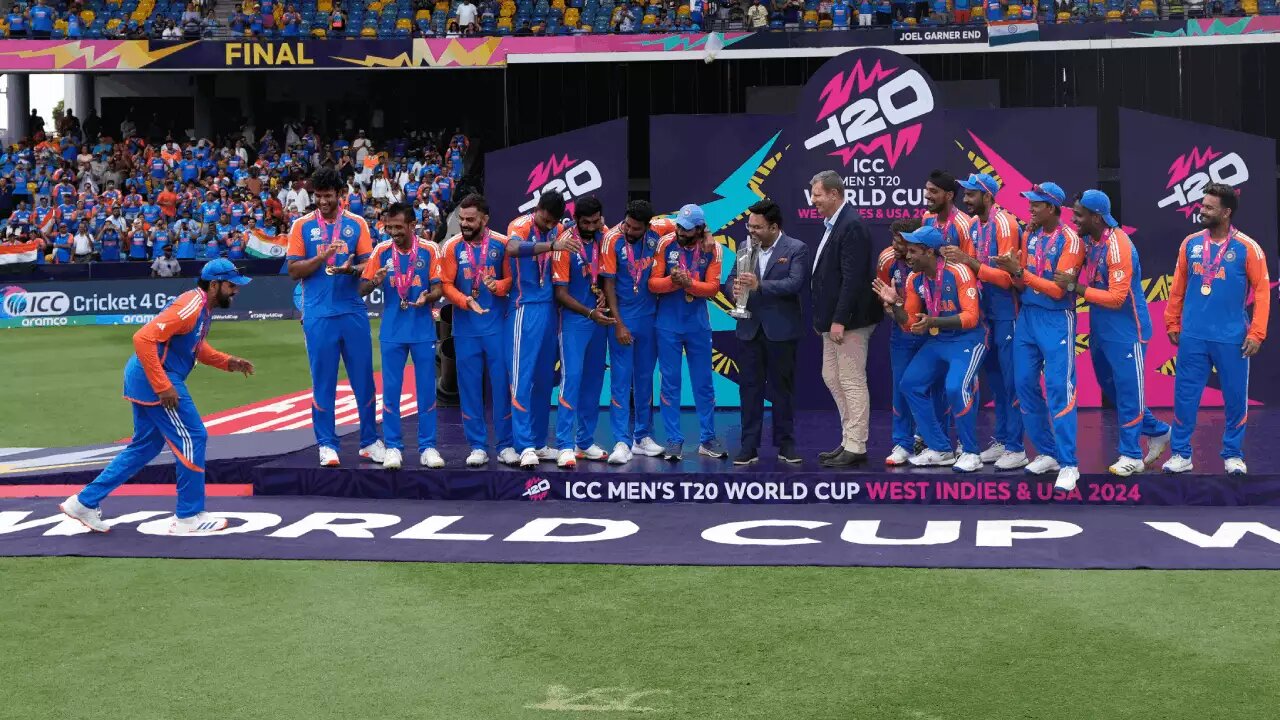
The biggest cheer went up as he raised the prize into the air. As soon as he entered the celebration, departing coach Dravid also grabbed hold of it. The group joyfully lifted him into the air and wrapped him in their arms.

India’s redemption arc was complete.
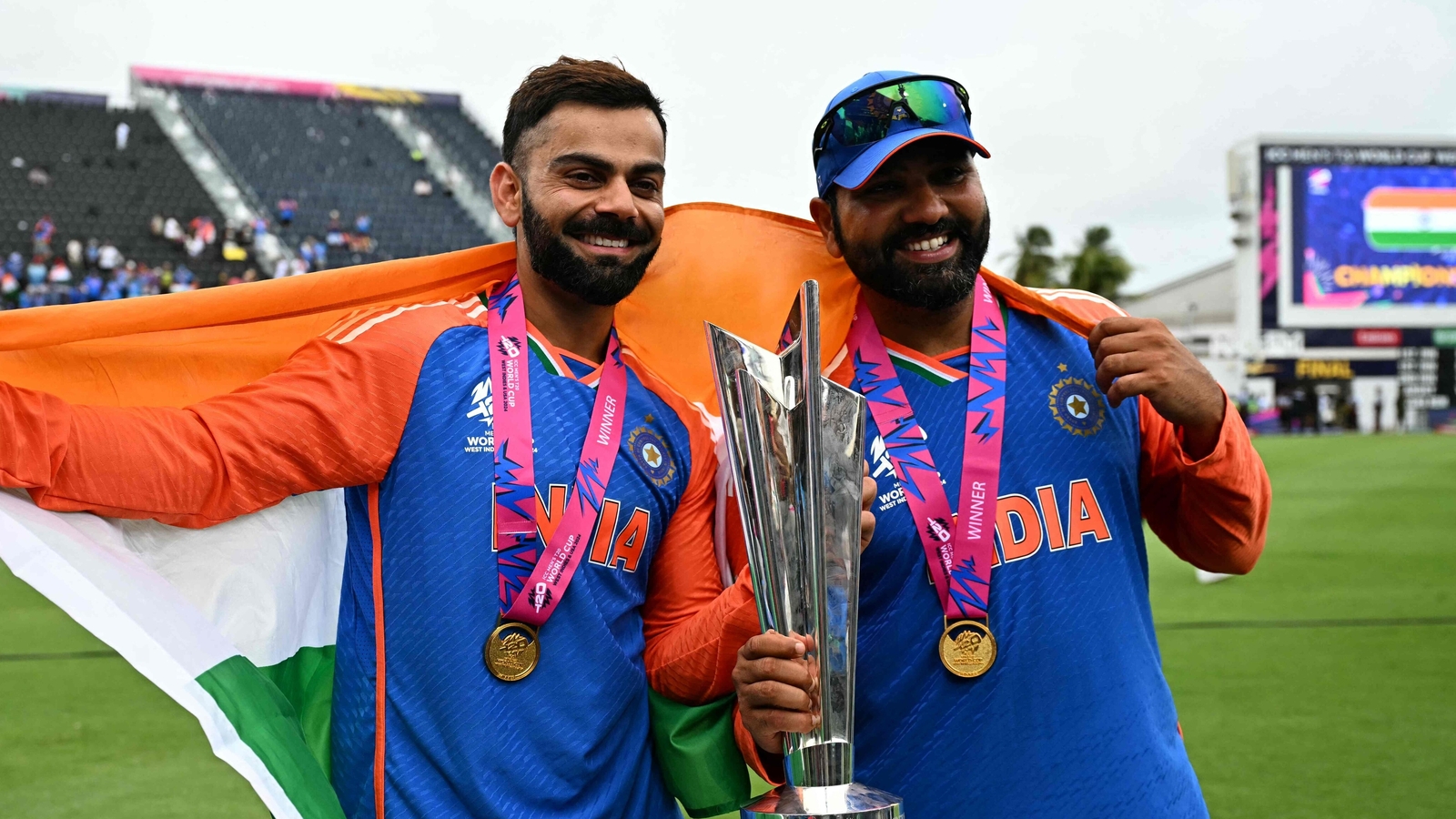
Nothing captured the essence of the moment better than this:
This moment is all that I’ve been dreaming of.
Somewhere I feel it in my soul.
One chance is everything we’ve waited for.
It’s our time so let we take it home.











 Win Projections to be updated soon
Win Projections to be updated soon








